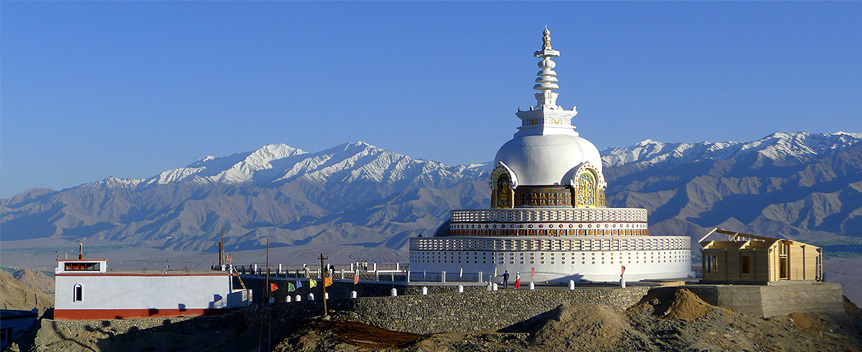It can be gotten to from the Mahendra Highway.
History
Amid 1997 to 1998, a meeting overview was led in the Paschim Kasuha VDC contiguous the east of the hold to explore the degree of park–people struggle. The discoveries demonstrated that wild water bison and wild pig were significant harvest thieves amongst September and February. Substantial quantities of steers were discovered touching uninhibitedly inside the save. Neighborhood individuals are in charge of illicit usage of timberland items, poaching and waterway angling inside the save.
In 2005, the hold together with the Koshi Barrage was distinguished as one of 27 Important Bird Areas of Nepal.
Vegetation
The vegetation of the hold is for the most part portrayed by blended deciduous riverine timberland, fields and damp vegetation. The scope of prairies is 68%, contrasted with just around 6% of woodland, which is prevailed by Indian rosewood. Patches of catechu timberland are more common towards the northwestern part. The fields close to the running water bodies are kept up by the yearly flooding and munching by natural life. The Sapta Koshi River, a tributary of the Ganges, causes quick and extreme flooding amid the stormy season. In the broad wetlands, 514 plant species are discovered including kapok, sugarcane, reed, cattail, Imperata cylindrica, eel grass, and types of Eichhornia, Hydrilla, Azolla and lotus.
Fauna
An extensive variety of creatures possess the secured territory. In its water courses and lakes, 200 types of fish have been recorded, the greater part of which are occupant. Two amphibian species, nine frog species, six reptile species, five snake species and eleven turtle species are recorded. Gharial and mugger crocodile happen also.
Warm blooded creatures
The 31 types of warm blooded creatures recorded incorporate the Asian elephant, spotted deer, hoard deer, wild pig, smooth-covered otter and brilliant jackal. The Ganges waterway dolphin has been located in the Koshi River. Gaur and blue bull have declined in numbers. Nepal's final populace of around 150 wild water bison occupy the territory. This populace has now developed to a sum of 432 people with a yearly development rate of 7.27 percent, as indicated by the most recent registration did in 2016.With this upsurge in the populace, powers are arranging a conceivable exchange of some wild water bison to the surge fields of Chitwan National Park where they have been extirpated around 1950's.If the proposed translocation happens, this will show a characteristic Predator-Prey situation since wild water wild oxen in Koshi Tappu has been deficient with regards to their normal predators as tiger, panther and dhole for a significant long.
Birds
In spring 2011, 17 Bengal floricans were recorded from nine unique destinations along a 39 km (24 mi) north-south extend of the Koshi River. Seven were guys and 10 were females. Just five people were recorded outside the save, two sets north of Koshi Tappu, and one female seen twice close to the Koshi Barrage territory.

Post a Comment